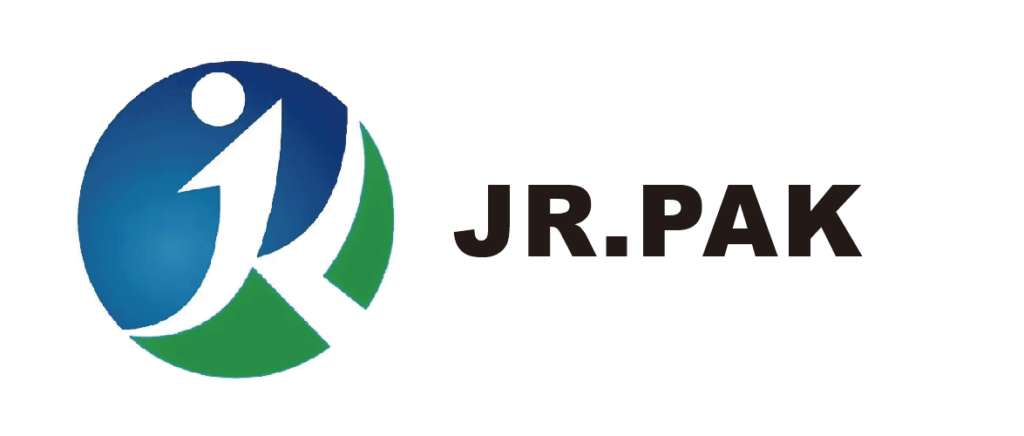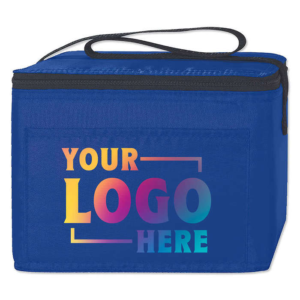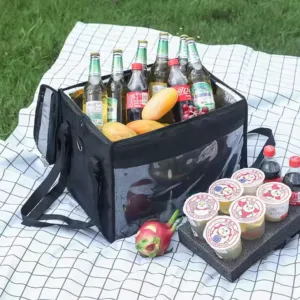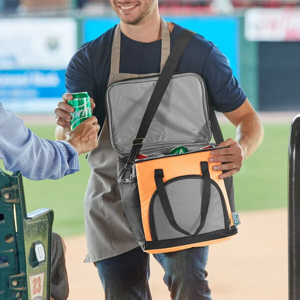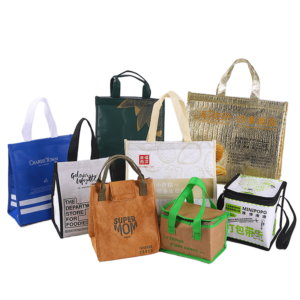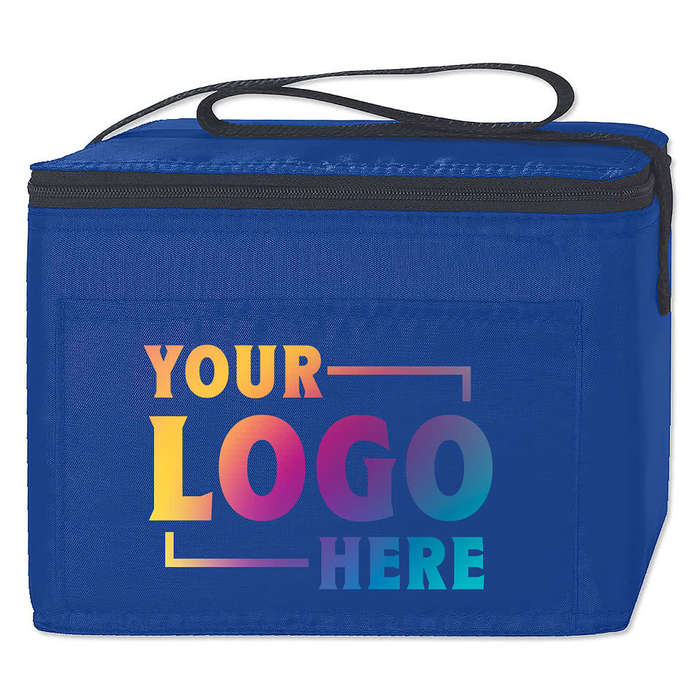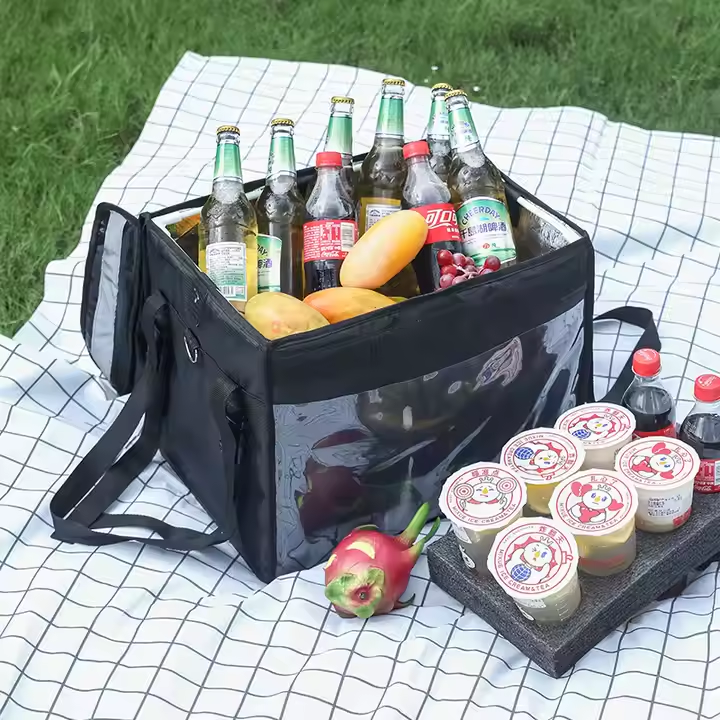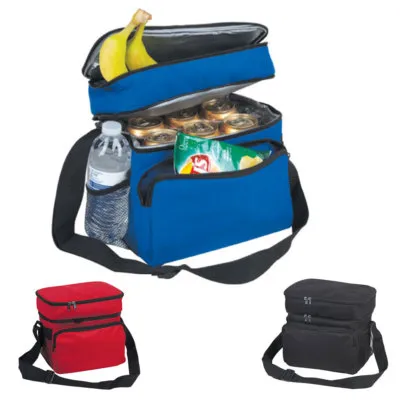This article explores nine cutting-edge trends that define the future of smart and functional packaging. By blending sustainability, technology, and design, these trends help brands enhance performance, reduce waste, and deepen consumer trust in 2025 and beyond.
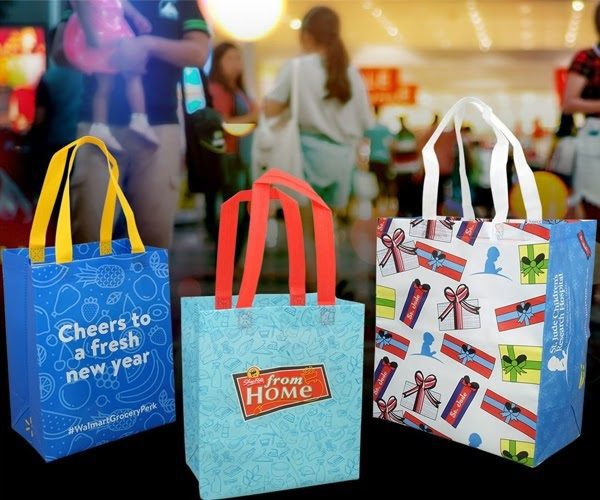
Smart packaging trends include sustainable materials[^1], digital integration[^2], traceability[^3], and minimalism[^4]—enhancing product value, consumer experience, and brand transparency.
Explore how these innovations can reshape your packaging strategy for long-term impact.
Sustainability and Circularity
Packaging is shifting toward eco-friendly materials and closed-loop processes to reduce environmental impact and meet global regulations.
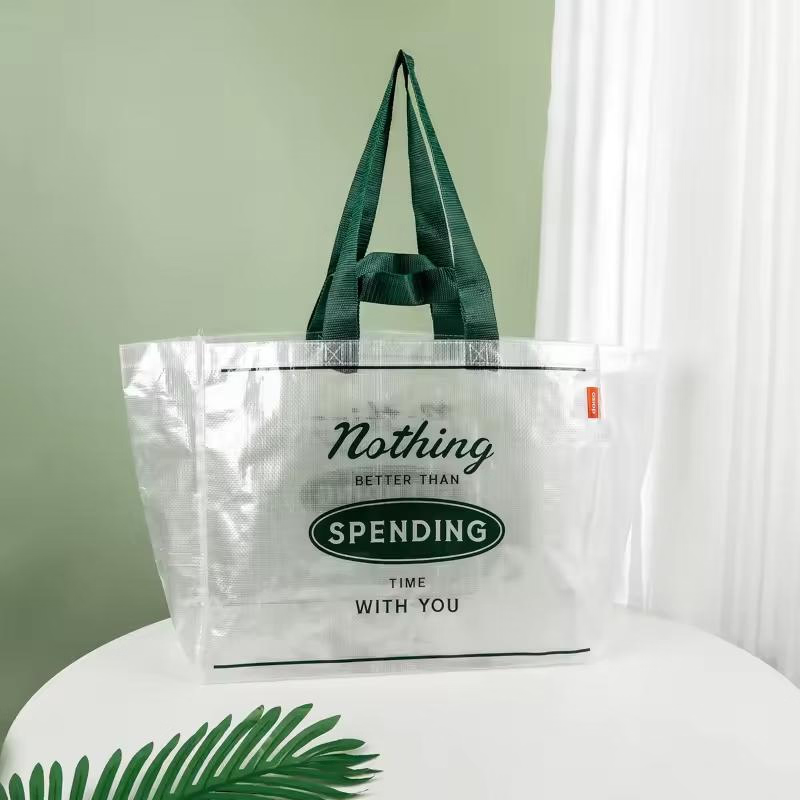
Greener Material and System Design
More brands are using plant-based plastics, recycled content, and biodegradable films. They also aim for zero-waste systems and carbon-neutral production.
| Approach | Example Materials | Environmental Benefit |
|---|---|---|
| Compostable Films | PLA, cellulose | Breaks down after disposal |
| Recycled Paperboard | FSC-certified boxes | Uses less virgin material |
| Carbon-Neutral Production | Renewable energy use | Reduces emissions footprint |
| Closed-Loop Recycling | In-house material reuse | Minimizes external waste |
These shifts future-proof packaging against bans and eco-labeling mandates.
Embedded Smart Technologies
QR codes, RFID, and NFC tags connect physical products with digital information for consumer interaction and logistics efficiency.
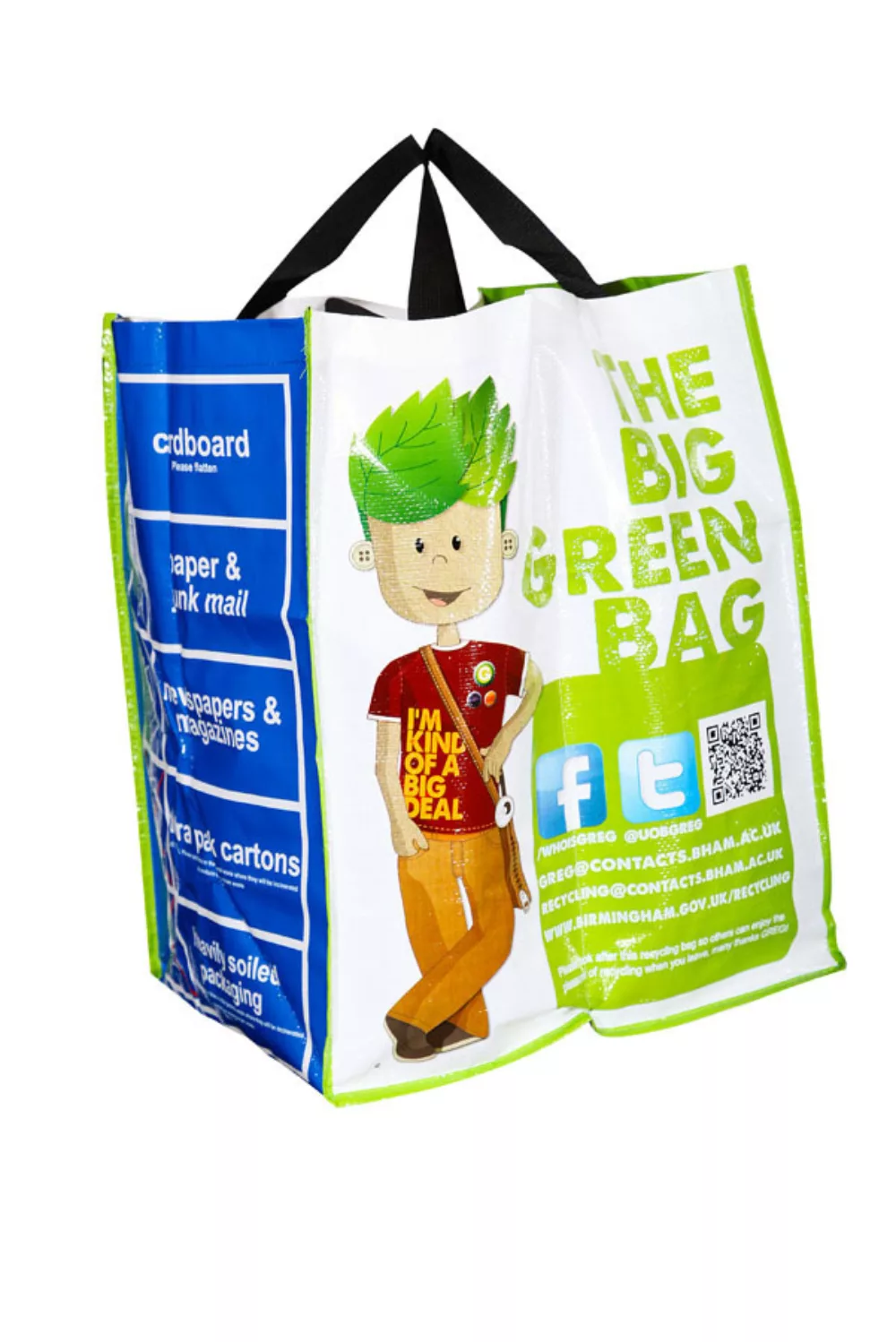
Enhancing Digital Experience Through Packaging
Smart features bridge physical packaging with mobile apps or web content.
| Technology | Function | User Benefit |
|---|---|---|
| QR Code | Product info & promotions | Easy access via phone |
| NFC Tag | Authenticity & loyalty programs | Tap to verify or unlock offers |
| RFID Label | Inventory tracking | Streamlined logistics |
| AR Integration | Virtual try-ons or storytelling | Engaging customer journey |
These elements create more engaging and secure shopping experiences.
Enhanced Traceability
Digital tracking enables real-time monitoring throughout the supply chain, increasing visibility and product safety.
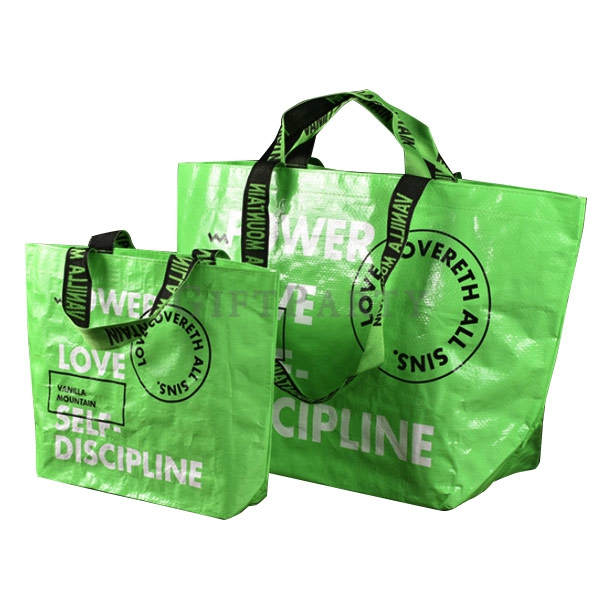
Traceability in Sensitive Industries
This feature is critical for sectors like food, pharma, and cosmetics, where safety is key.
| Industry | Use Case | Traceability Function |
|---|---|---|
| Food | Cold-chain monitoring | Ensures freshness |
| Pharmaceuticals | Anti-counterfeit tracking | Protects consumer health |
| Cosmetics | Batch tracking | Quality control assurance |
Traceability supports both compliance and consumer peace of mind.
AI-Driven Customization and Data Insights
AI helps brands analyze data for better packaging decisions and consumer personalization.
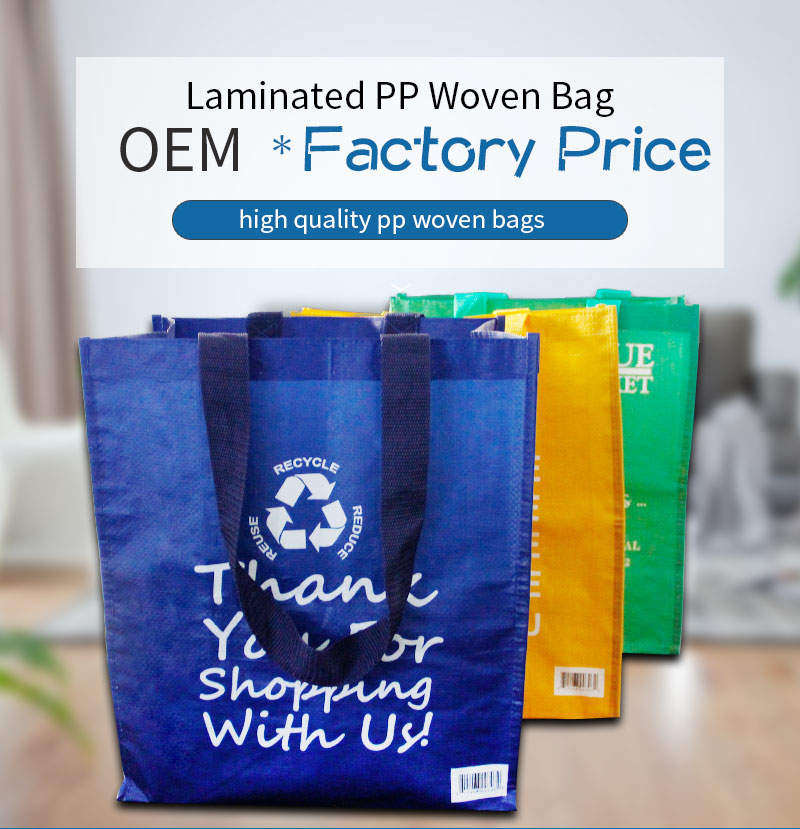
Data-Driven Packaging Optimization
AI tools refine packaging design, reduce waste, and boost relevance.
| AI Application | Function | Outcome |
|---|---|---|
| Consumer Behavior Scan | Targeted product design | Improved satisfaction |
| Material Efficiency | Reduce excess packaging | Cost and waste reduction |
| Design Testing | A/B testing of visuals | Higher engagement |
This enables faster market adaptation and smarter production.
Functional and Multi-Use Design
Modern packaging now serves more than one purpose—resealability, storage, and security features are built in.
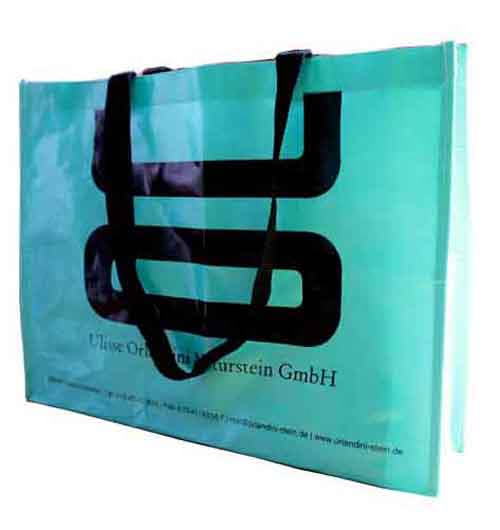
Enhancing Use and Reducing Waste
Multi-use design increases functionality while reducing environmental burden.
| Feature Type | Function | Reuse Potential |
|---|---|---|
| Resealable Zippers | Preserve contents | Food or small-item storage |
| Tamper Evident Seals | Boost security | Prevents misuse |
| Peel-and-Stick Labels | Easy rebranding or updates | Flexible use |
| Box-as-Display | Converts to shelf display | Retail-ready |
These solutions improve product usability and reduce need for secondary containers.
Minimalism and Clarity
Clean packaging designs promote transparency and make recycling easier by using fewer inks and simple materials.

Visual Simplicity for Function and Sustainability
Minimalist packaging balances design with eco-effectiveness.
| Design Element | Purpose | Benefit |
|---|---|---|
| Single-color Printing | Reduce ink use | Easier to recycle |
| Clear Typography | Better readability | Increases user trust |
| Simplified Materials | Fewer packaging layers | Enhances sorting and reuse |
| Bold Eco-Labels | Emphasize sustainability claims | Drives consumer decisions |
This strategy builds brand trust and meets eco-conscious expectations.
Health & Safety Monitoring
Smart packaging integrates temperature or tamper sensors to protect product integrity.

Real-Time Safety Features
Sensors alert users to unsafe conditions, protecting health and brand reputation.
| Application Area | Sensor Type | Benefit |
|---|---|---|
| Frozen Foods | Temperature Strip | Ensures cold chain compliance |
| Medications | RFID Seal | Tamper alert system |
| Beverages | Time-Temp Indicator | Spoilage prevention |
This reduces liability risks and builds customer confidence.
Flexible Packaging Formats
Flexibility in packaging form supports better shelf life, lower logistics cost, and improved user convenience.
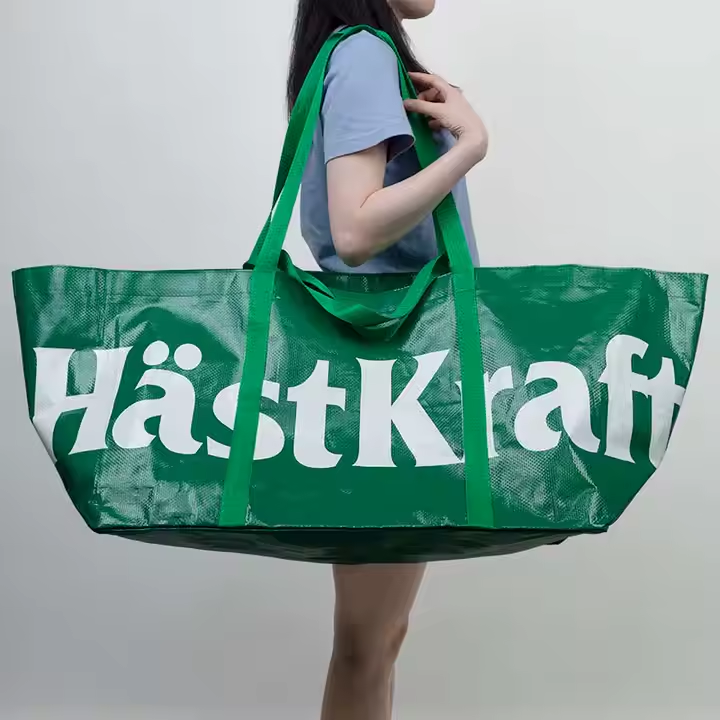
Soft Formats for Modern Lifestyles
Flexible materials adapt to e-commerce and mobile consumption habits.
| Format Type | Key Feature | Consumer Benefit |
|---|---|---|
| Stand-Up Pouches | Space-efficient | Easy to store and use |
| Barrier Films | Oxygen/moisture protection | Keeps contents fresh |
| Single-Serve Packs | Portion control | On-the-go convenience |
| Rollstock Film | Custom-fit, machine friendly | Reduces production waste |
These are ideal for food service, snacks, and personal care products.
Purpose-Driven and Transparent Branding
Brands use packaging to express their values and show accountability in sourcing and sustainability.

Packaging as a Brand Storytelling Tool
Transparency builds loyalty. Purpose-driven messaging resonates with value-focused shoppers.
| Branding Element | Message Type | Impact |
|---|---|---|
| Provenance Info | "Locally grown" or "Farm to pack" | Builds authenticity |
| Carbon Footprint Label | Emission per unit shown | Encourages mindful purchase |
| Founder Stories | Printed quotes or signatures | Adds emotional connection |
| QR Link to Mission | Brand’s sustainability efforts | Builds ongoing trust |
This makes packaging a direct channel for brand-consumer relationship building.
Conclusion
Smart and functional packaging is no longer optional—it is essential for staying relevant in fast-changing markets. From sustainable materials to digital integrations and real-time safety, these trends serve both environmental goals and consumer expectations.
For our clients in retail and food industries, adopting these trends has increased customer satisfaction and brand engagement. Which trend do you see as most urgent for your business? Share your insights in the comments.
---
[^1]: Explore how sustainable materials can enhance your brand's eco-friendliness and consumer appeal.
[^2]: Learn how digital integration can enhance consumer interaction and streamline logistics.
[^3]: Discover how traceability can ensure product safety and compliance in sensitive industries.
[^4]: Find out how minimalist design can improve recycling and enhance brand transparency.